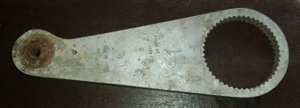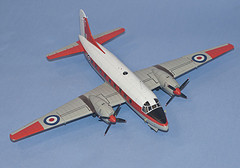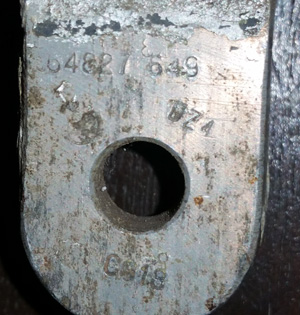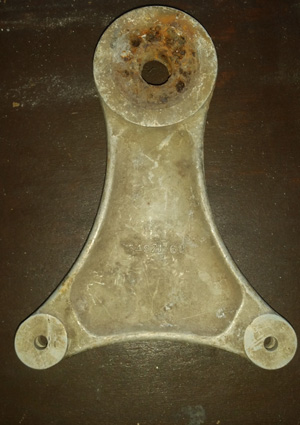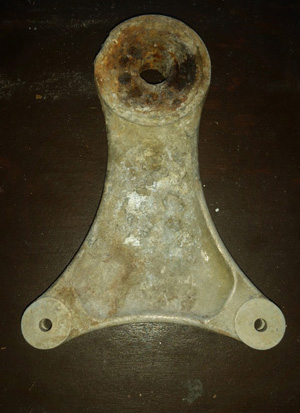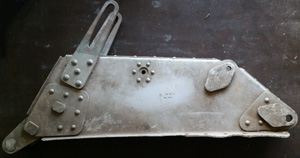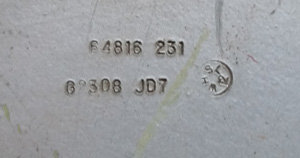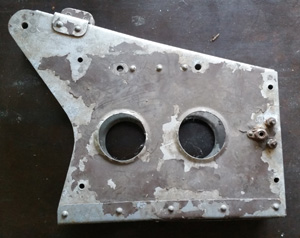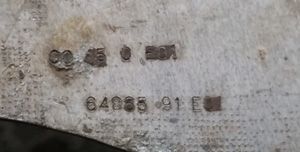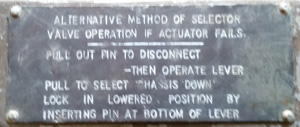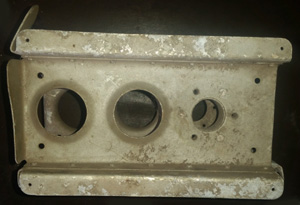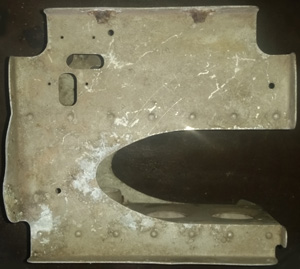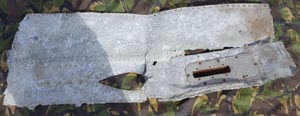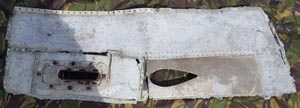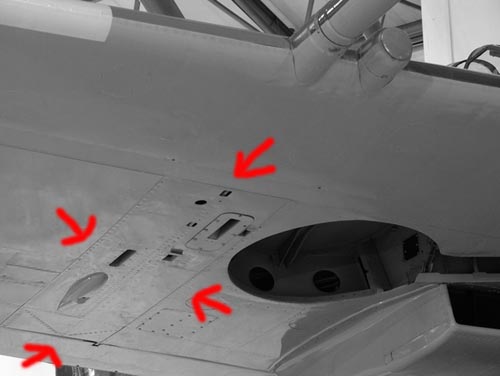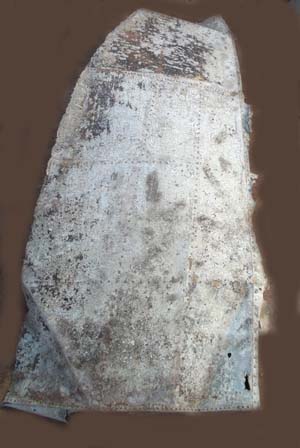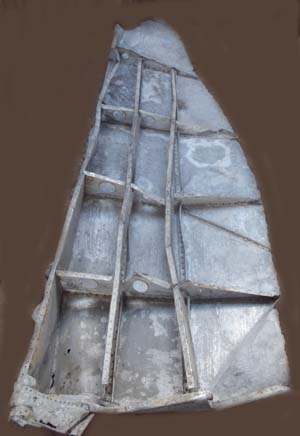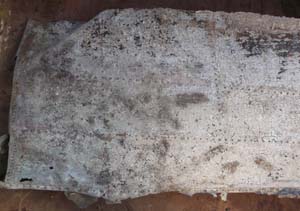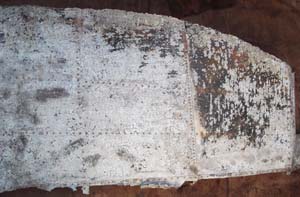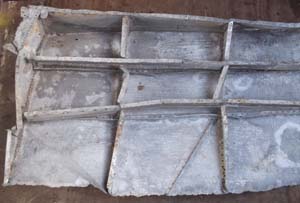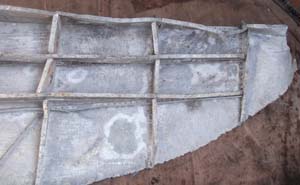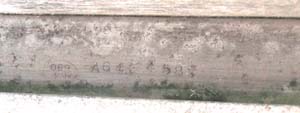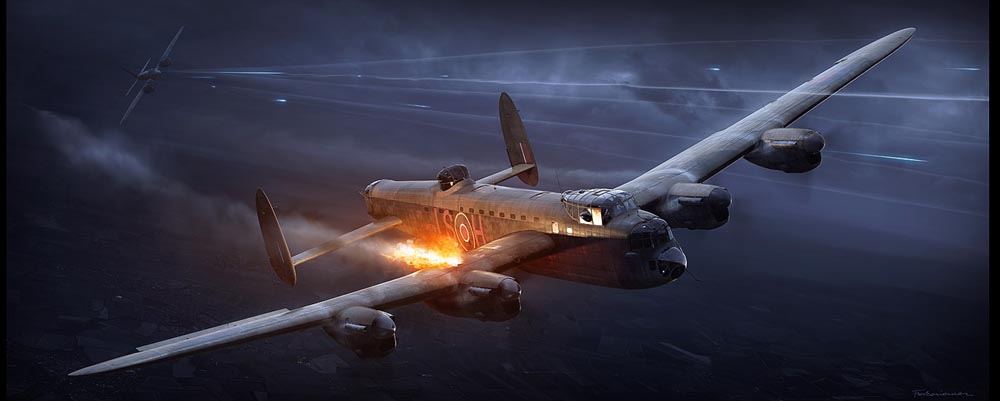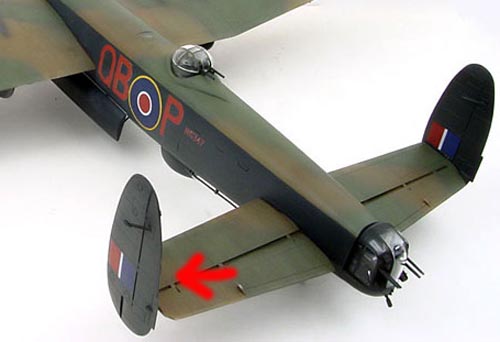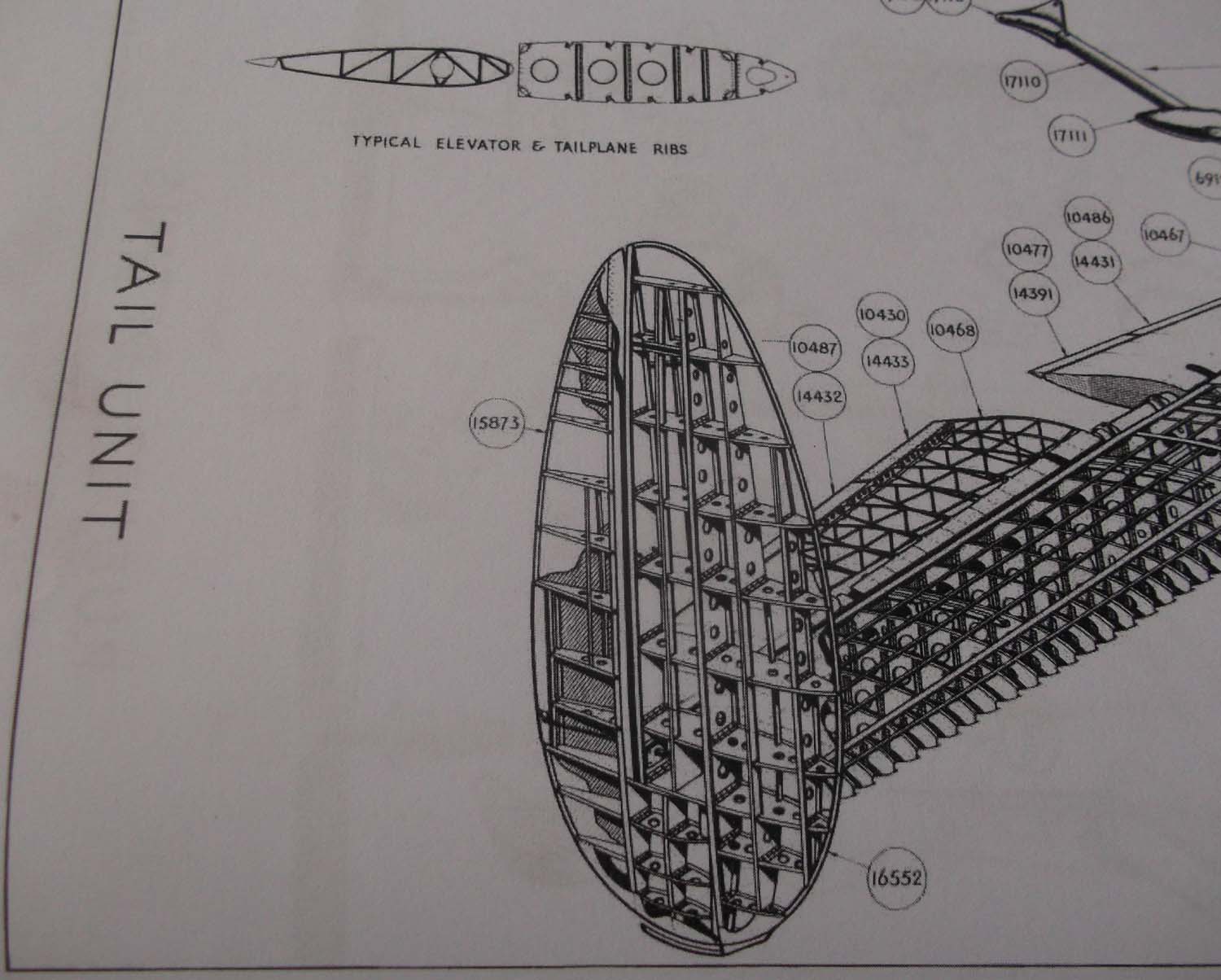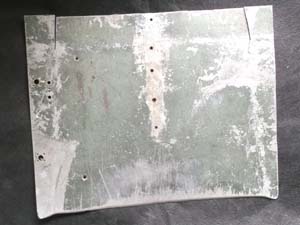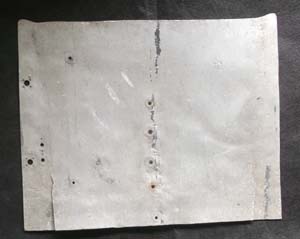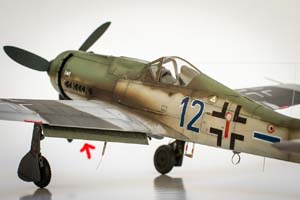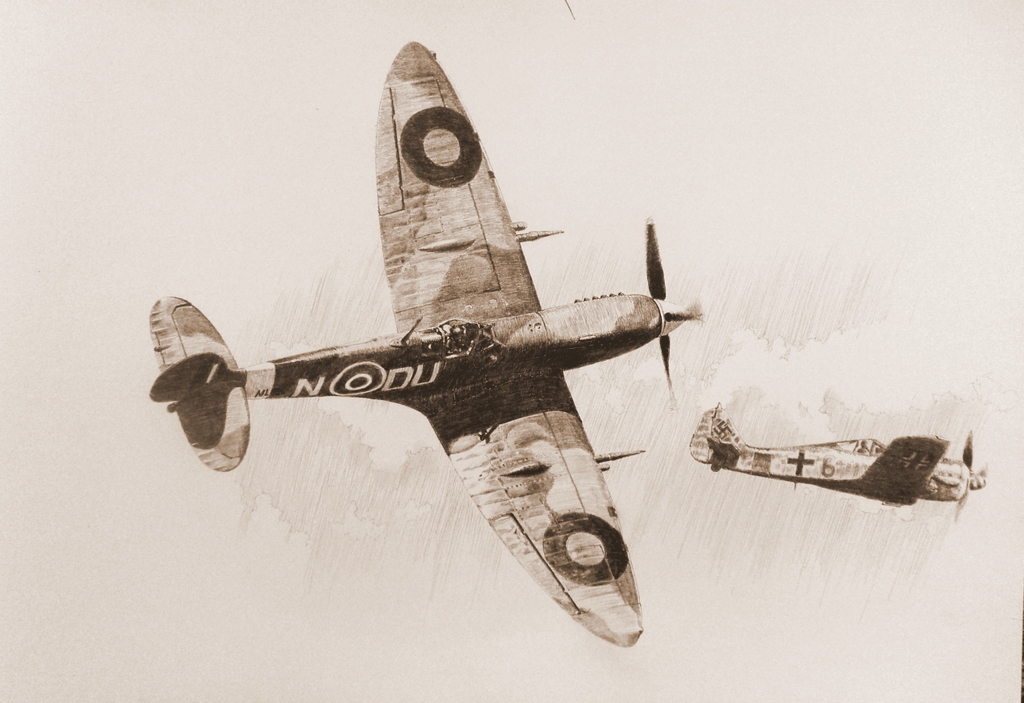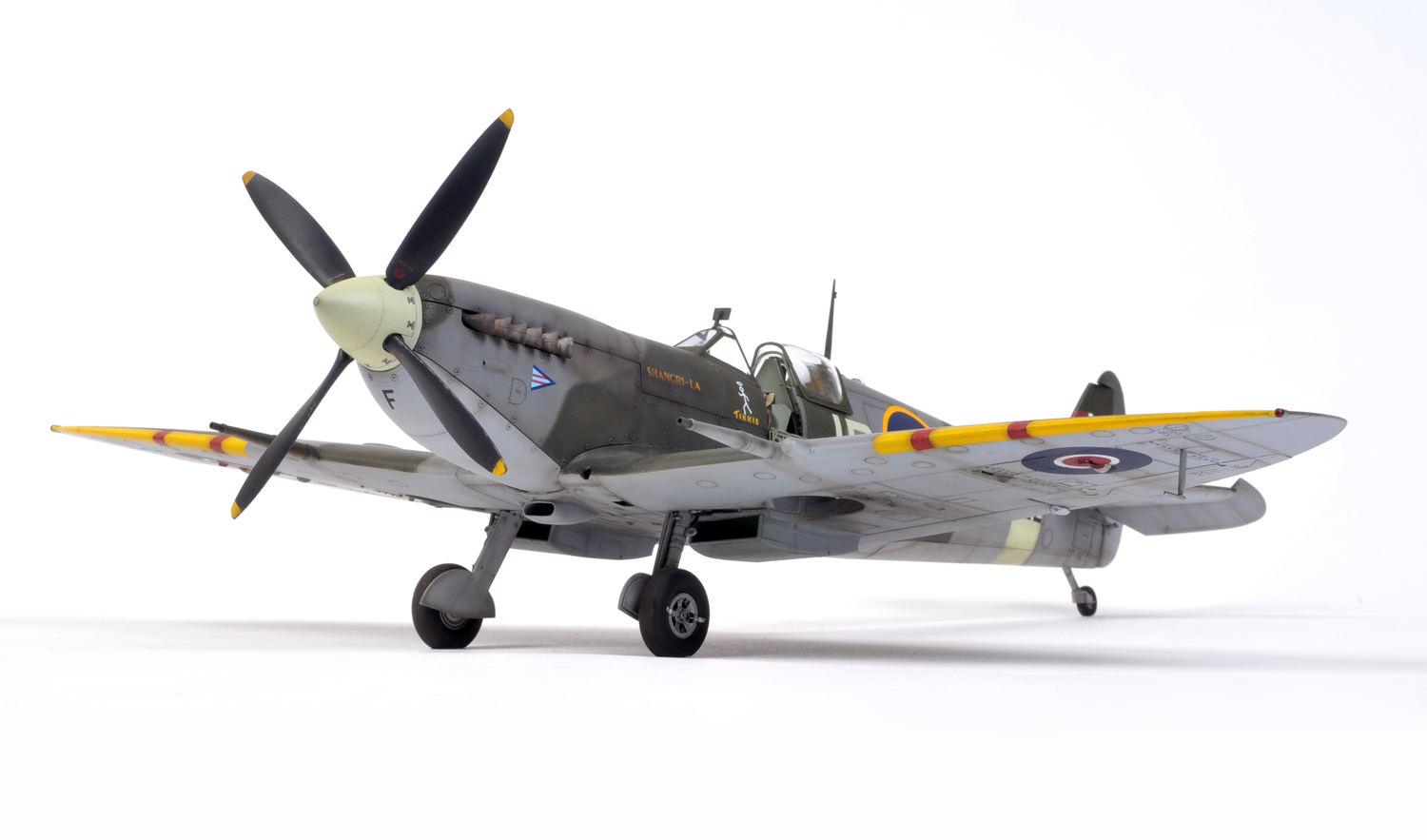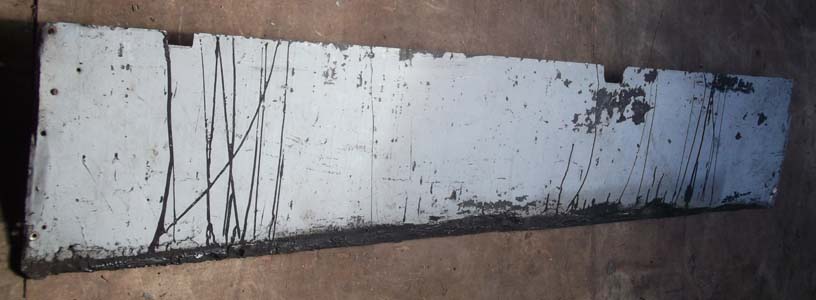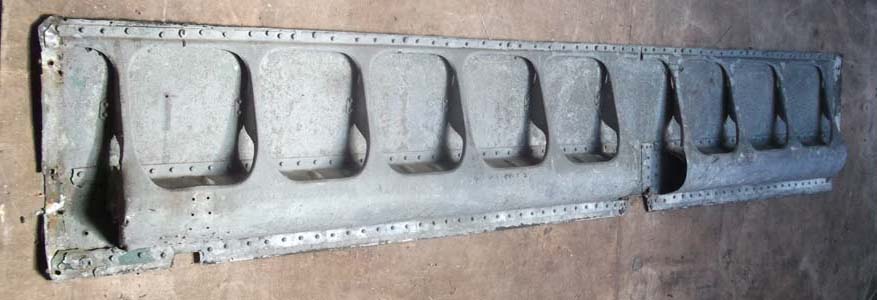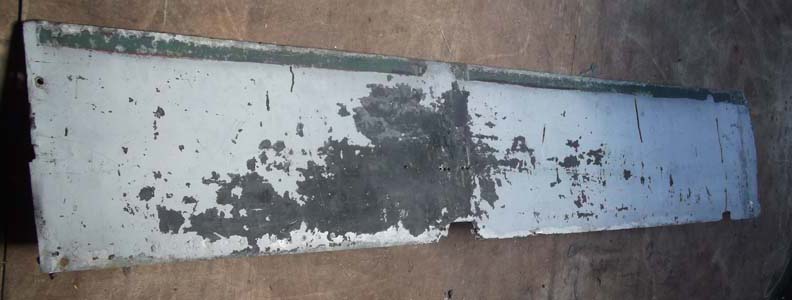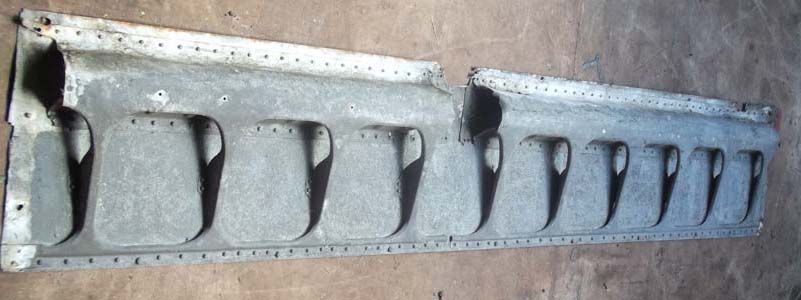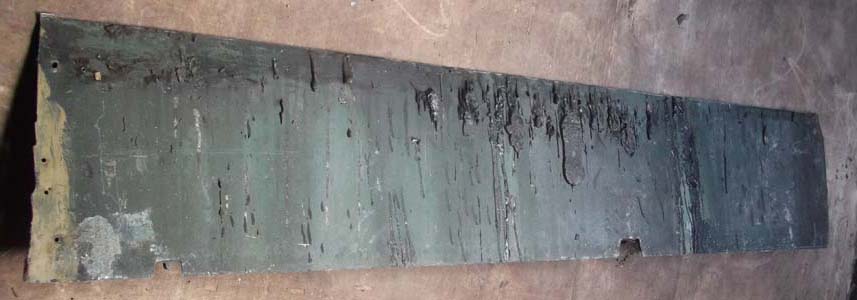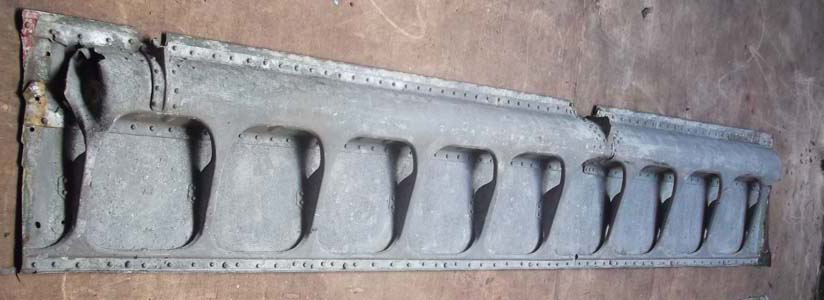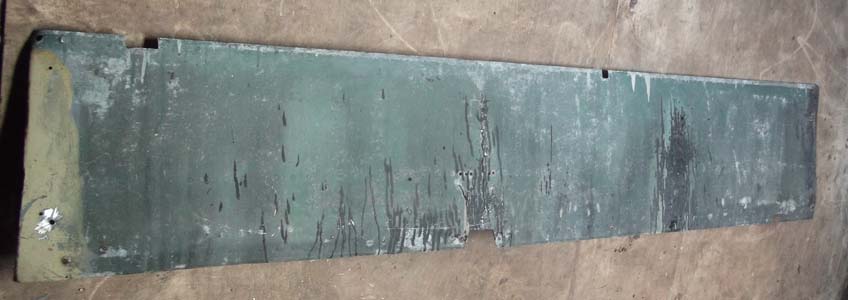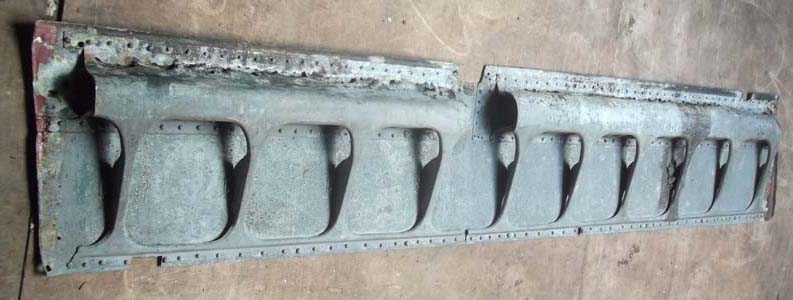Fw 190A-1
With a 1600 horsepower BMW 801C engine powering a three-bladed variable pitch propeller, the Fw 190A-1 made a top speed of 388 MPH. The wide-track landing gear folded in toward the fuselage, was extra strong to accommodate future weight growth, and offered good stability on the ground. The bubble-style plexiglass canopy offered excellent visibility in all directions; when it proved difficult to jettison, an ejection mechanism was devised. The Fw 190 was built in a modular fashion, for easy repair and replacement in rough field conditions.
For weaponry, the Fw 190A-1 carried four rifle-caliber machine guns, two in the cowling and two in the wing roots; all fired through the propeller arc.
In September 1941, the Fw 190A-1 first appeared in battle against the RAF. At first, the British weren't sure what they were facing. They soon found out, as the FW 190 bested the Spitfire Mark V. However, the four 7.9mm machine guns were not adequate firepower; an upgrade to heavier armament had been planned as soon as the guns were available.
Fw 190A-2
The next version, the Fw 190A-2, replaced the machine guns in the wing root with belt-fed 20mm cannon. Some A-2's added two more 20mm cannon further outboard in the wings. Oddly, these were drum-fed guns, whose ammunition was incompatible with the cannon in the wing roots.
An uprated BMW 801C-2 engine powered the A-2, which began to be delivered in the fall of 1941.
Spitfire MK IX
The MK IX spitfire the most prolific of all Spitfire Mks was a direct consequence of the introduction of the FW 190. The MK IX was never meant to be a production model the MK V had planned to be followed by the MK VIII. The FW 190 easily out performed the Spitfire MK V and so MK Vs were converted to use the new Merlin 66 and rushed into service . The new MK IX was a match for the newly introduced FW 190. The MK IX had a fourth propeller blade but was very similar in appearance to the MK V giving the Luftwaffe Pilots quite a surprise when they came into contact.
MK IX and FW 190 in combat.
Click on the picture to enlarge
MK IX Spitfire
Click on the picture to enlarge
In July 1942 a
Spitfire IX was flown in a comparative trial against
a Focke-Wulf 190A which had fallen into British
hands when its pilot landed by mistake at Pembrey
RAF base at in Wales. The trial showed that there
was a remarkable similarity in performance. The
following are extracts from the official report.
SPITFIRE IX VERSUS FW 190A
The FW190 was compared with a fully operational
Spitfire IX for speed and manoeuvrability at heights
up to 25,000 feet [7620 metres].
At most heights the Spitfire IX is slightly superior
in speed to the FW190 -
the approximate differences in speed are as follows:
At 2,000 ft [610 m] the FW 190 is 7-8 mph [11-13
km/hr] faster than the Spitfire
At 5,000 ft [1524 m] the FW 190 and the Spitfire are
approximately the same
At 8,000 ft [2440 m] the Spitfire IX is 8 mph [13
km/hr] faster than the FW 190
At 15,000 ft [4573 m] the Spitfire IX is 5 mph [8
km/hr] faster than the FW 190
At 18,000 ft [5488 m] the FW 190 is 3 mph [5 km/hr]
faster than the Spitfire IX
At 21,000 ft [6400 m] the FW 190 and the Spitfire
are approximately the same
At 25,000 ft [7622 m] the Spitfire IX is 5-7 mph
[8-11 km/hr] faster than the FW 190
Climb: During comparative climbs at various heights
up to 23,000 feet [7012 metres], with both aircraft
flying under maximum continuous climbing conditions,
little difference was found between the two aircraft
although on the whole the Spitfire was slightly
better.
Above 22,000 feet [6707 m] the climb of the FW 190
is falling off rapidly, whereas the climb of the
Spitfire IX is increasing.
Dive: The FW 190 is faster than the Spitfire IX in a
dive, particularly during the initial stage. This
superiority is not as marked as with the Spitfire
VB.
Manoeuvrability: The FW 190 is more manoeuvrable
than the Spitfire IX except in turning circles.
The superior rate of roll of the FW 190 enabled it
to avoid the Spitfire IX by turning over into a
diving turn in the opposite direction.
The Spitfire IX's worst heights for fighting the FW
190 were between 18,000 and 22,000 feet [5486-6707m]
and also below 3,000 feet [914m].
The initial acceleration of the FW 190 is better
than that of the Spitfire IX under all conditions of
flight, except in level flight at altitudes where
the Spitfire has a speed advantage.
The general impression of the pilots involved in the
trials is that the Spitfire Mark IX compares well
with the FW 190. Providing the Spitfire IX has the
initiative, it undoubtedly stands a good chance of
shooting down the FW 190.



